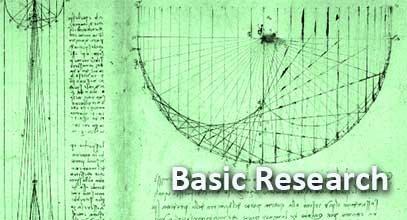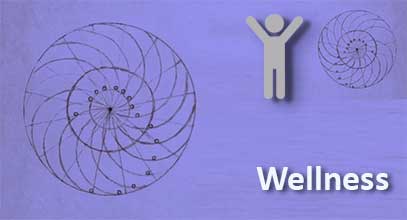06 March 2010
"Alpha rhythm Operational Architectonics in the continuum of normal and pathological brain states: Current state of research" - a new paper by BM-Science researchers recently published in the International Journal of Psychophysiology (see here ).
The study provides an important glimpse at a methodology that is feasible in a search for focused pharmacological intervention; especially as psychoactive drug research has been turning toward more specific action while concurrently reducing side-effects and interactions. Authors provide a methodological and theoretical framework for a new field of experimental neuropathodynamics that is devoted to exploring the ways in which transient neuronal assemblies and their interactive hierarchical structures can be made to abandon the normal domain of flexible and adaptive behavior. Better understanding of the specific ways in which disrupted dynamics of different characteristics of neuronal assemblies and their functional connectivity may underlie neuro/psychopathology may also suggest new targets for therapeutic agents. Earlier (see here ), the authors have proposed that the future of psychopharmacology lies in its ability to design specific psychotropic drugs, which can restore the normal temporal dynamics of disordered features of neuronal assemblies and disordered interactions among them. Such pharmacological agents potentially might be much more efficient than classical general compounds that are “blind” to the actual dynamic properties of neuronal assemblies and functional relations among them.



